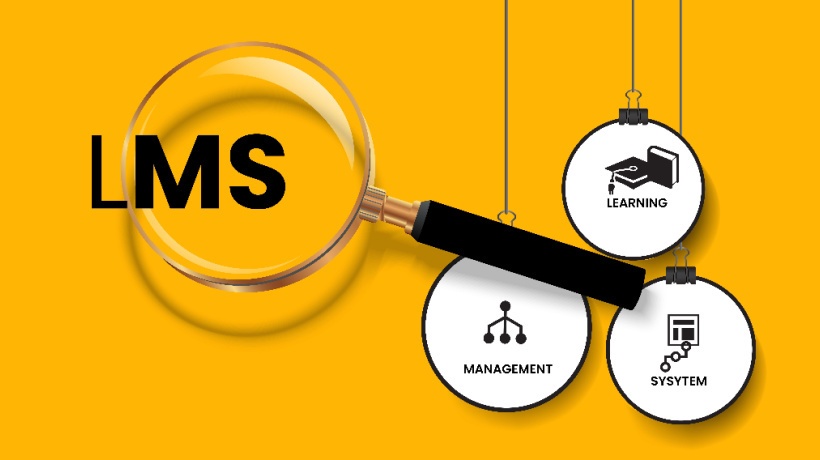The Road That The Evolution Of Learning Is Paving: What The Future Looks Like
Learning is defined as the process of acquiring and retaining information and experiences, in any form. There are four types of learners that have been identified:
- Auditory learners: They prefer learning by listening to verbally delivered information and are excellent verbal communicators themselves.
- Visual learners: They prefer charts, illustrations, and other visual representations of information.
- Kinesthetic learners: They prefer learning through demonstrations.
- Tactile learners: They prefer handling and experimenting with concrete learning materials.
Arguably, these types of learners have existed throughout human history. It has been reported that Neanderthals were capable of complex speech and created cave art long before their paths crossed with Homo Sapiens. And that’s a species that’s considered humanity’s distant, less capable cousin. This means that even at a time when humanity was going through its earlier stages of evolution, we absorbed information using the five senses, as well as retained and processed it based on our own unique preferences. In this article, I want to explore the different means through which we learn and see where we are headed as a species in terms of knowledge acquisition.
Historic And Present
Pictures
Cave art has to be the oldest form of visual communication known to man. Human beings have a natural affinity towards colors and images when it comes to processing information. We recognize a familiar object in 100 milliseconds and a familiar face in 380 milliseconds. Our ancestors used to paint cave art as a way of recording history and to tell stories. Today, we use images in the form of memes on social media, as infographics on more serious forums, to support blog posts, and as a storytelling aide in educational endeavors.
The visual cortex of the brain processes visual information and sends it out to all other parts of the brain. The phrase ‘a picture is worth a thousand words’ has its origin in the universal truth that we process images faster and can decipher more information from an image, as compared to written text. In fact, when we read, our mind goes to work and starts visualizing information. When looking at an image, the brain does not have to visualize anything as the visual is present right in front of us. That is why images in a presentation or a lecture go a long way in getting the message across to the learner.
Text
Writing was invented in 3200 BC, in Mesopotamia (present-day Iraq). It emerged from counting and accounting; and was invented to cater to the need of dealing with greater chunks of data. Even today, writing serves as the primary means of human interaction with information. We store information in the form of text, we process, and analyze it in the form of text. And we use it for communicating information to others. People in prehistoric times used to store information by engraving it on tablets, and we do the same, only our tablets come equipped with processing power and video cameras.
Not only is written communication used to deliver information, but it is also one of the most primary and commonly used forms of teaching. Books still remain a big part of the education system, and the introduction of digital technologies has only facilitated the storage and perusal of written content.
Text Supported By Images
This modality of learning has the combined knowledge-delivery potential of written text and visual imagery. This itself is a combination of imagery, which the human mind recognizes and relates(to) immediately; used to support the complex data in the form of text. It is a unique modality, however, in that it uses imagery to both support the delivery of knowledge and to reduce the complexity of the text. One example of this would be the pictures we find in medical journals to describe conditions and parts of the anatomy, which would be almost impossible to learn about if they were described in plain text.
This combination of two distinct modalities is the preferred method in mainstream education, particularly during the elementary level when the brain is not developed sufficiently to comprehend information in the form of written text. It is the second most effective method of learning.
Video
Videos leverage the natural human ability of storing moving images effectively in order to deliver their message. Video as a medium utilizes the visual, auditory cognitive and comprehensive abilities of an individual, which makes it considerably easier for said individual to learn and acquire information. Being the integral preference of knowledge acquisition, it is perhaps the single most preferred method of learning and the backbone of eLearning as a concept.
Video also happens to be multi-modal in nature as a learning medium, which makes for easier delivery of information. What truly makes video superior to audio, plain text and still imagery, as well as the combination of both, is the usage of each method to support the other, along with practical demonstrations of the information itself.
Learning Into The Future
The influx of technology into learning modalities and methods has already drastically changed the way we acquire and process information. Suddenly, learning the fundamentals of a technology is just a few clicks and typing key away! Multi-modality training is beginning to replace the singular methods, and we are moving into a world where knowledge acquisition is fast-paced, affordable and surprisingly effective, especially once we consider the pace of learning.
Another exciting prospect is the expansion of eLearning into Augmented Reality-based courses, which leverage the only learning method that was hitherto untapped in mainstream education, namely tactile learning. The training of surgeons-to-be and mechanics via Augmented Reality is just one example of a rapidly expanding picture, which one day might see the direct neural download of not just basic information but muscle-memory as well, Matrix-style!
The Ideal Learning Platform
Every human is born with the ability to utilize multiple styles of learning in order to receive and store information. Keeping this in mind, a multi-modality learning platform which makes use of the entire cognitive spectrum and maximizes the retention of information is the ideal solution. And, with constantly advancing methods of information delivery, we are bound to see this particular method of eLearning become mainstream, in the near future.









